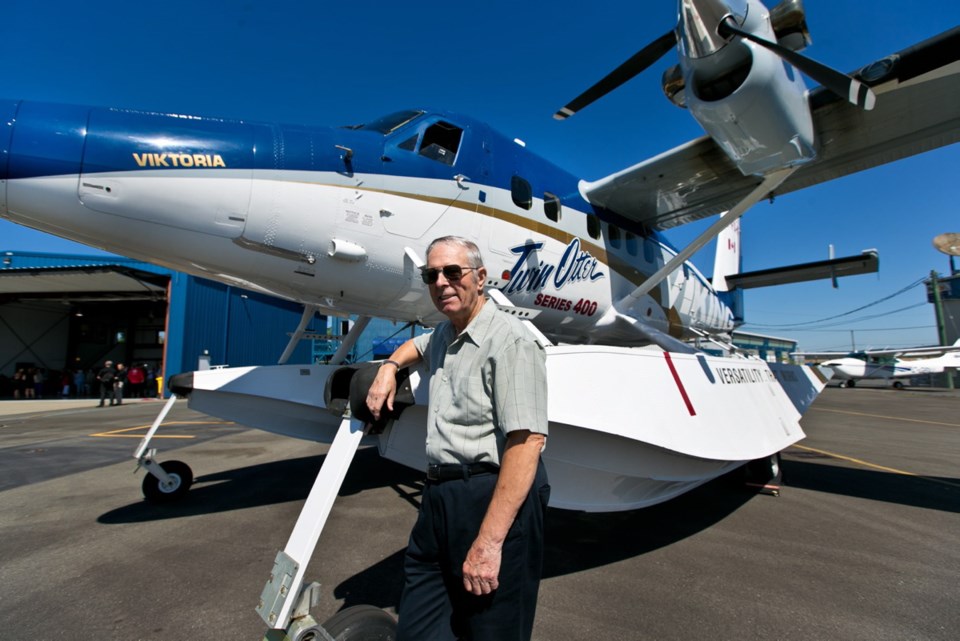Viking Air headed to the great white north Thursday as the North Saanich-based company kicked off a 17-day tour of the region where its Twin Otter aircraft made its name.
Viking chairwoman Sherry Brydson, who boarded a Twin Otter with partner Rob McDonald, Viking chief executive Dave Curtis and a crew of pilots and documentarians, said the northern sojourn would not turn into a sales trip, but it could help open new markets around the world.
“This is the aircraft that opened up the Canadian north,” said Brydson, noting the Twin Otter has been hardy and reliable in harsh climates for 50 years.
She said that’s why the company often sells aircraft to countries with challenging geography, such as China, Russia, island nations and places with high-altitude landing strips.
Viking brought the de Havilland Twin Otter back into production in 2007 and delivered its first in 2010.
De Havilland, which produced about 800 of the turboprop aircraft starting in 1965, discontinued production in 1988.
The tour to the Yukon, Nunavut and the Northwest Territories is a chance for Viking to reconnect with the Twin Otter’s roots, as part of a 50th anniversary celebration.
John Parker, who has been called the “architect of the north” and was Northwest Territories commissioner from 1979 to 1989, said the aircraft made a huge difference in the length of flights, possible payloads and reliability, as the north was opened up.
“It’s a very important aircraft. It’s part of the fabric of the country because it does tie the north together,” he said. “The Single Otter did the same sort of thing in its day but the Twin made a considerable difference.”
Parker, who spent 37 years in Yellowknife, said while the aircraft never really disconnected from the north, given there are still Twin Otters flying those skies, the tour is important as a reconnection.
Retired Brig.-Gen. Mark Dodd, who spent three years in Yellowknife as commander of the northern region, said the aircraft played a role in tying the north together and to the rest of Canada, but acknowledged he had a more personal reason to see it off on its journey Thursday — he’s a fan.
“I really enjoyed flying it,” he said, noting he was never much for being a passenger. “I don’t like sitting in the back, so I got qualified on it so I could fly to some of the places we were visiting. My job was to go to various communities in the north and show the military presence.”
Dodd’s background included flying the large cargo Hercules aircraft for the RCAF.
“The Twin Otter was a smaller plane that was fun to fly, that’s why I liked it,” he said. “And it’s been an amazing airplane, it’s well respected in the north … gets the job done and it has the capability on floats, skis or wheels.”
Curtis hopes those selling features will get the Canadian government back into a buying mood, and he intends to say so to every elected official he sees on the trip.
“The opportunities are there as the north is opening up,” he said. If the Department of National Defence and the Royal Canadian Air Force “are looking to expand and want a bigger presence in the north, we think they should do it with [us].”



